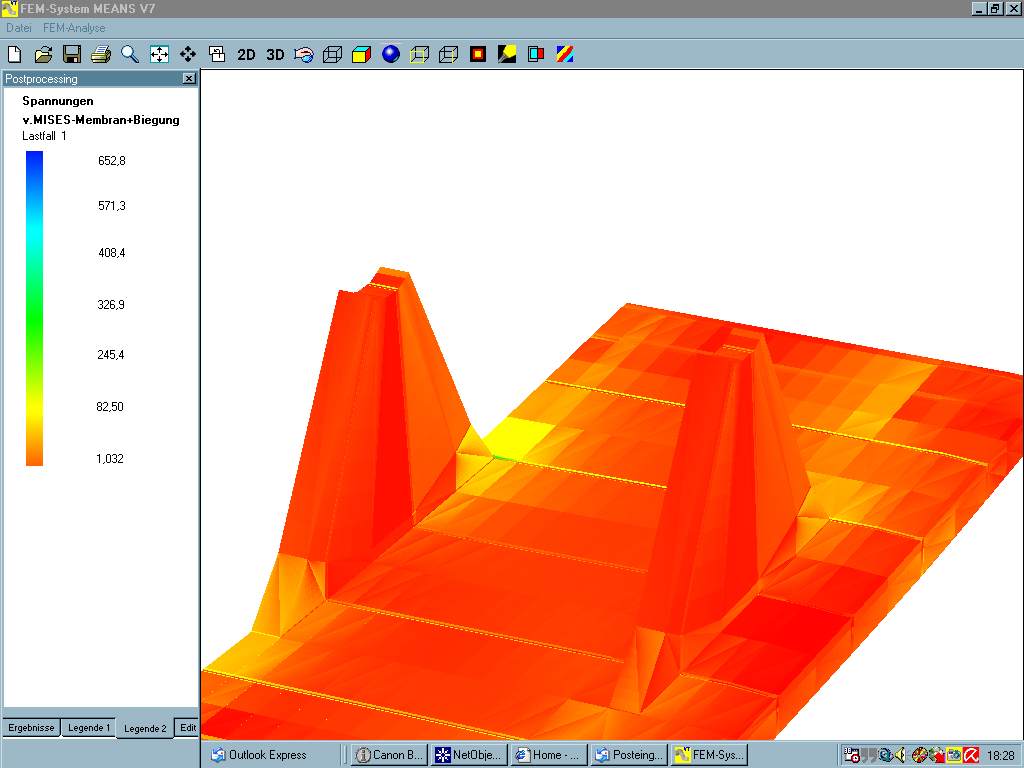Cargo Solutions
Seafastening design, acceleration forces
The acceleration forces depend on vessel type and stowage situation on board of performing vessel. For a wide area of the different heavy lift transports we are able to calculate in advance the forces in x-,y- and z-direction in advance. Thus the structural design of each cargo to be shipped after manufacturing, can be checked as to acceleration forces and lashing requirements, which will lower transport costs significantly. Also, the necessary weight distribution for the cargo can be integrated into the design, the tender documents and the order well in advance of producing the goods.
Acceleration forces and seafastening design will be calculated to world wide accepted standards like DNV-VMO or IMO regulation.
If transport issues are not at the end of the logistic planning but are integrated components of the design and tendering process, significant costs reductions and a much safer transport will be the result.
Loadout studies
It is the rule for heavy lift cargo, that every cargo, every vessel and every port is different and there might be one, two or more ideas about how to solve the problem of loading/discharging and using port facilities and stowage areas. Our first priority: Safety first!, second: as fast and cheap as possible.
We model different ideas as 3D CAD drawings and test them for clashes and costs. A close discussion with manufacturers, designers, carriers and surveyors is necessary to ensure a smooth loading and discharging process. If the loadout study took place before the final design and tender to subcontractors of a heavy lift cargo, cost reductions are possible , based on our experience and knowledge of the different vessels on the world market.
Structural analysis
With the FE-method different problems of stowage, weight distribution and stacking systems can be analysed and solved. Stacking systems for windmill blades or towers, hatch cover loads and necessary weight distribution systems have been analysed in the past by Gottwald Engineering.
We model different ideas as 3D CAD drawings and test them for clashes and costs. A close discussion with manufacturers, designers, carriers and surveyors is necessary to ensure a smooth loading and discharging process. If the loadout study took place before the final design and tender to subcontractors of a heavy lift cargo, cost reductions are possible , based on our experience and knowledge of the different vessels on the world market.
 FE-method calculation of a 290 ton cable reel saddles on one hatch panel.
FE-method calculation of a 290 ton cable reel saddles on one hatch panel.